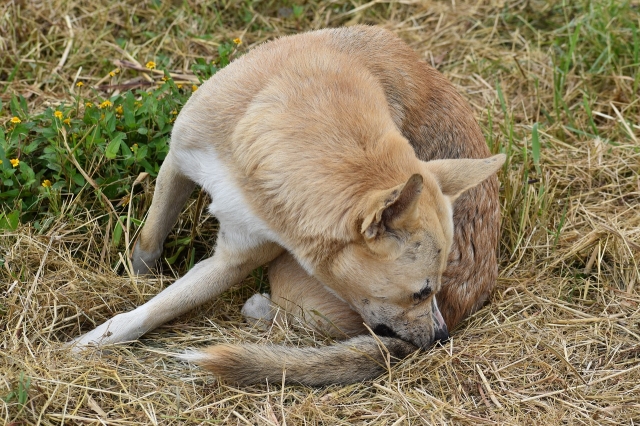It's that time of the year when ticks and fleas become a nuisance for our beloved pets. And there are no signs of abating as veterinarians in upstate New York warn El Niño will affect a surge of these critters going into summer.
The warmer temperatures provide the exact breeding ground for the bloodsuckers, meaning your cats and dogs have nowhere to hide.
Ticks and fleas often spread diseases and parasites to animals and humans. Pet owners have been warned to take precautionary measures by administering flea and tick medicine like NexGard chewables. Even more important is to create a defense plan against them.
In this article, we'll discuss fleas and ticks on your pets and how to prevent infestation.
Fleas
According to the CDC, there are more than 300 flea species in the U.S. Several can cause human diseases. The pathogens that they carry are known to spread Murine typhus, Plague and Cat Scratch Disease (CSD).
It's a common misconception that fleas have a short lifespan. They can live as long as 12 months, says the ASPCA and can produce millions of eggs during this time.
Common symptoms of flea infestations are continuous scratching and sometimes hair loss. When treating the problem, you want to purchase a monthly dose of medication that kills adult fleas before they lay eggs, advises PetCareRx.
Besides being an unwelcome distraction for your pets, fleas bring with them another set of complications. Anemia and intestinal parasites are part of that package. You don't want it to get that far. That's why it's best to take proactive steps.
Preventative Measures
Regular checkups at the vet will give a clear understanding of how to prevent a tick or flea infestation. Your vet might prescribe a chewable tablet, shampoo or spray, depending on your dog's breed, body weight and health status.
Some pet owners prefer using more natural methods of keeping fleas at bay. The insects don't like the smell of apple cider vinegar. Unfortunately, the household product isn't as effective if your fur baby spends most time outdoors.
A DIY flea trap is quite simple to set up. Fill a shallow pan with soapy water and place it under a lamp. The theory goes that fleas are attracted to the heat and light. They jump into the water and get trapped by the soap.
Keeping your home clean is just as important during tick and flea season. Rugs, bedding and upholstery should be thoroughly washed. If you've already noticed the signs of fleas in your home, consider using a fogger or professional flea exterminator.
Ticks
If you've had experience removing a tick from your dog's fur, you know they're much harder to get rid of. With their tough exterior and wriggling bodies, most pet owners resort to gripping them with tweezers.
The brown dog tick is most prevalent in the U.S. The nasty creepy crawly can also infest indoor spaces, including homes and kennels.
Unlike fleas, your pet may only start exhibiting signs of a tick-borne disease after 7 to 21 days, the CDC reported. By then, having them vaccinated against Lyme Disease may be too late if they are diagnosed with it.
Tick Protection
You can't prevent your pet from wandering outside if conditions allow. Check your dog daily for tick bites.
Places where ticks like to hide are in and around the ears, around the eyes, under the collar and between the paws. Deer ticks are normally carriers of Lyme Disease. They're no bigger than a pinhead, so be very vigilant.
Curb the Spread
A tick-repellent spray in the backyard is a good option for pest control. Natural repellants like cedar, lemongrass and peppermint work to a certain degree.
However, they're not as effective as active ingredient DEET or Picaridin, claims Homes & Gardens. Mowing your lawn during spring also reduces tick activity in your garden.
For humans, it's just as important to be properly prepared when venturing outdoors. Wear long pants tucked into your socks, as well as long sleeves. Apply an insect repellent to any exposed skin.
After your return, the CDC recommends putting your clothes in the dryer on high heat for 10 minutes. The action kills ticks. Do a full-body check and take a shower.
Until recently, Climate Change has been thought to be the main roleplayer in increased tick populations. Dr. Thomas Mather, a professor of public health entomology, has found otherwise. He told CNN the influx stems from white-tailed deer becoming more common in urban areas.
Understanding the threats posed by fleas and ticks goes beyond being a nuisance. It's about safeguarding the health and well-being of our furry companions.
By implementing preventive measures, we can significantly reduce the risk of infestations and related health issues.






